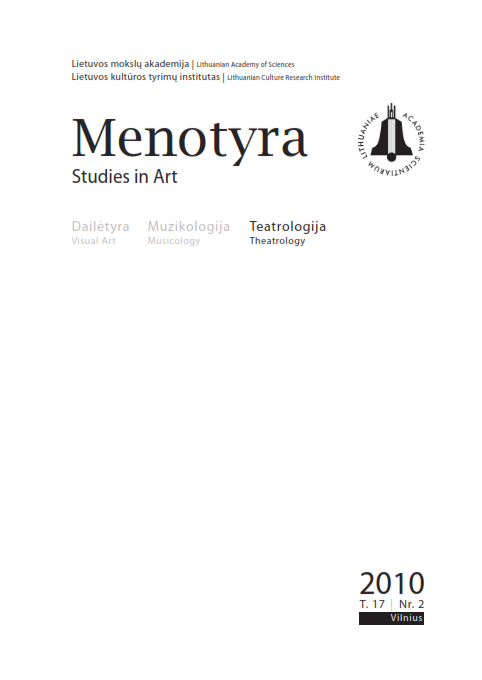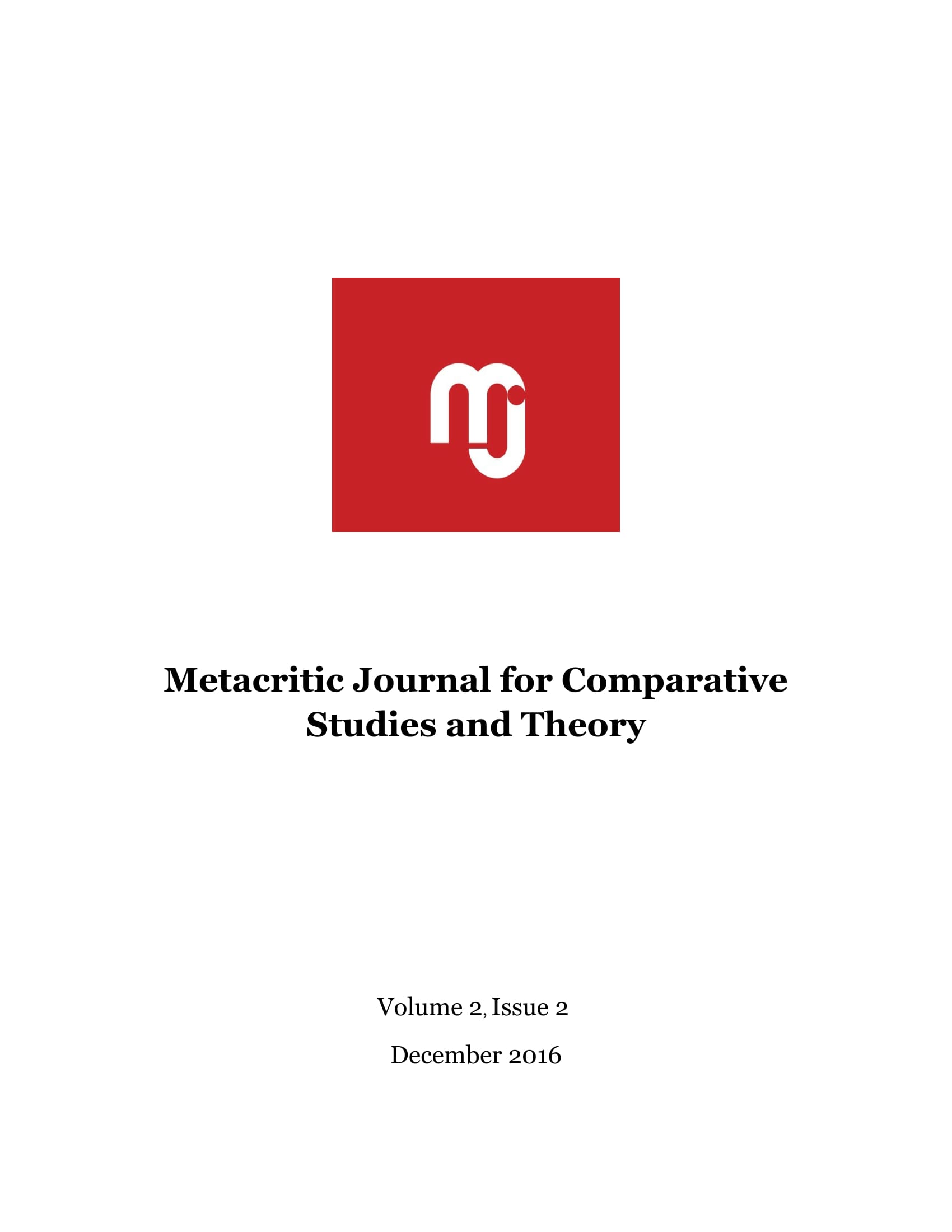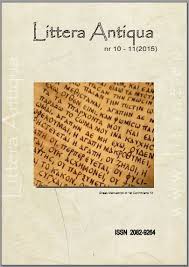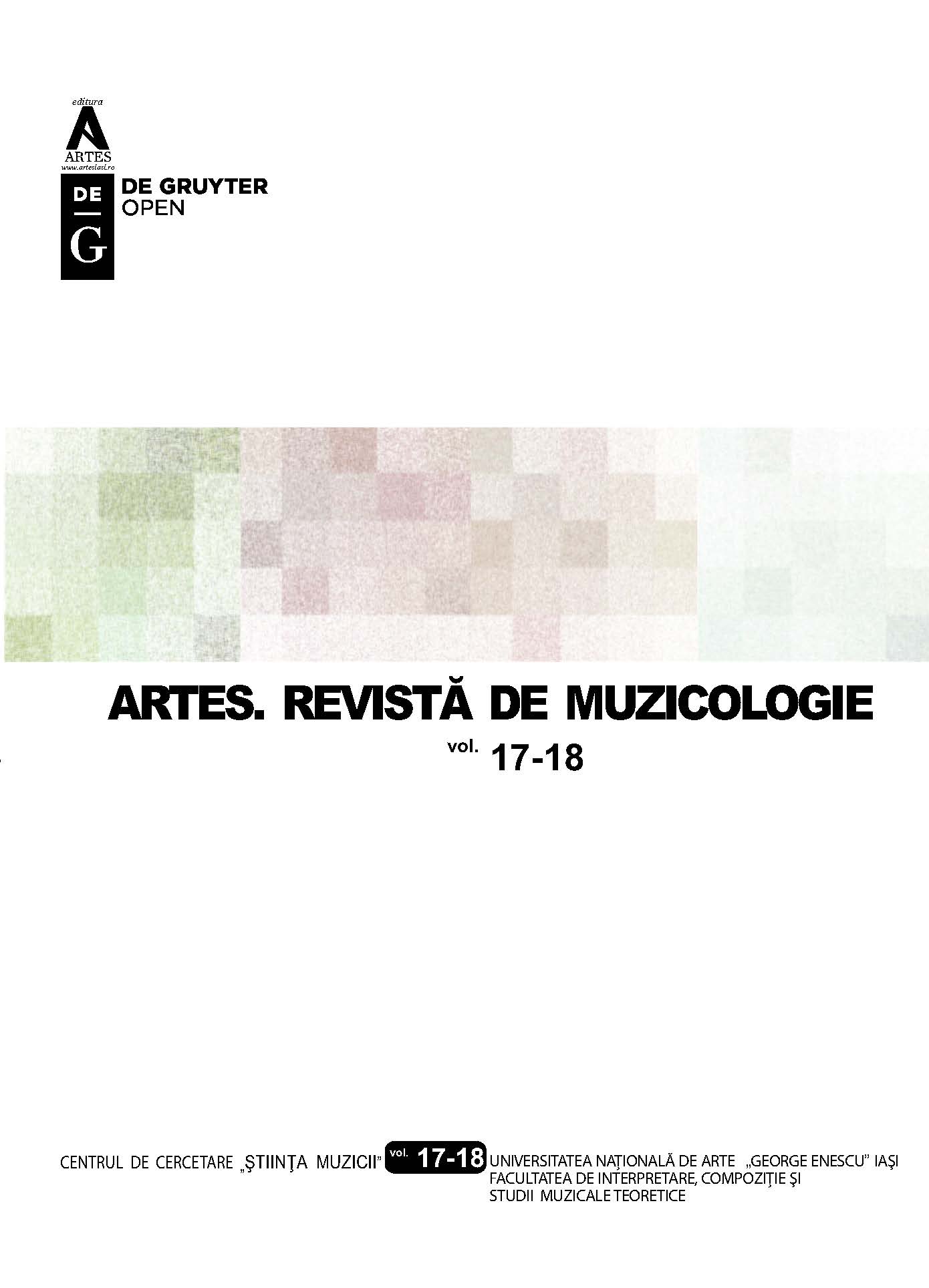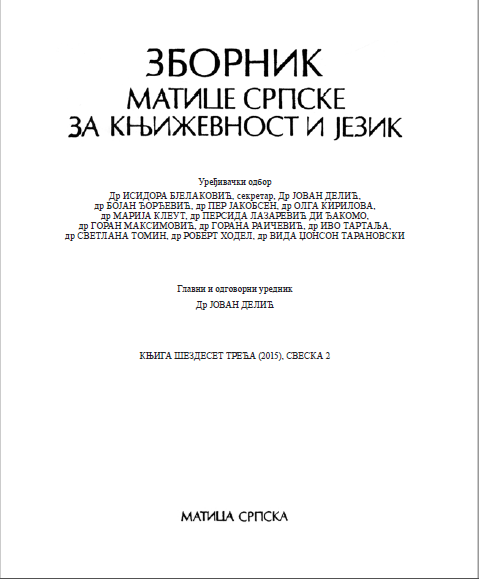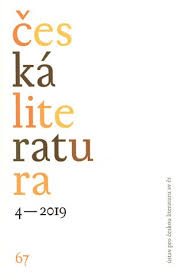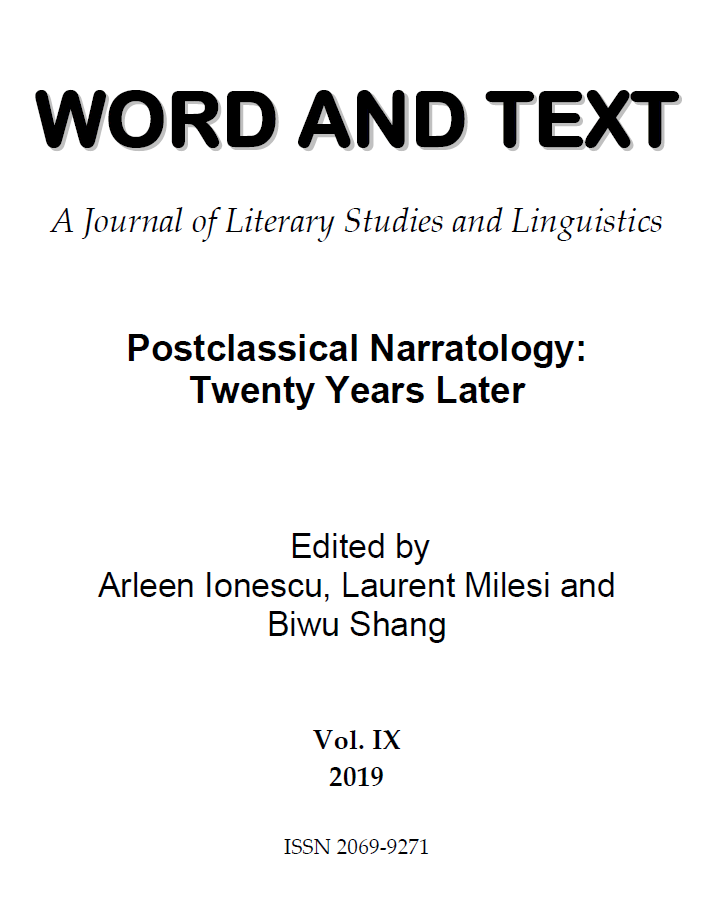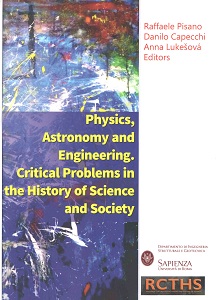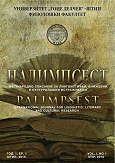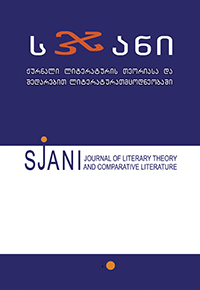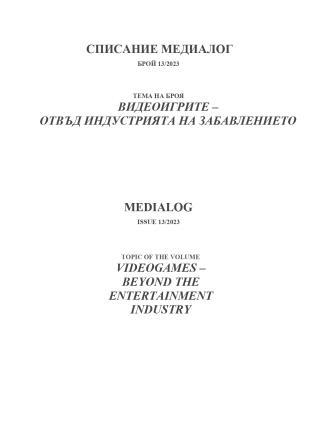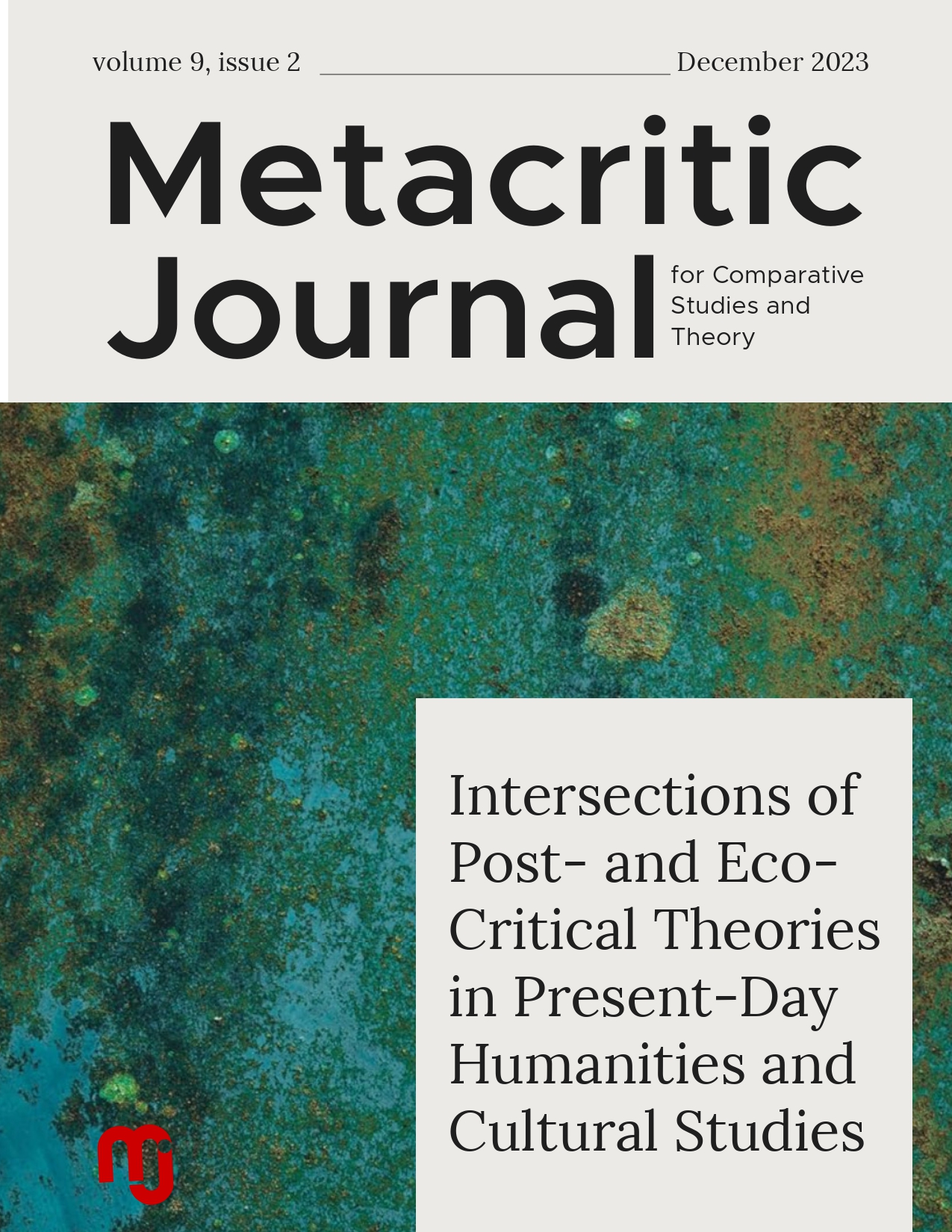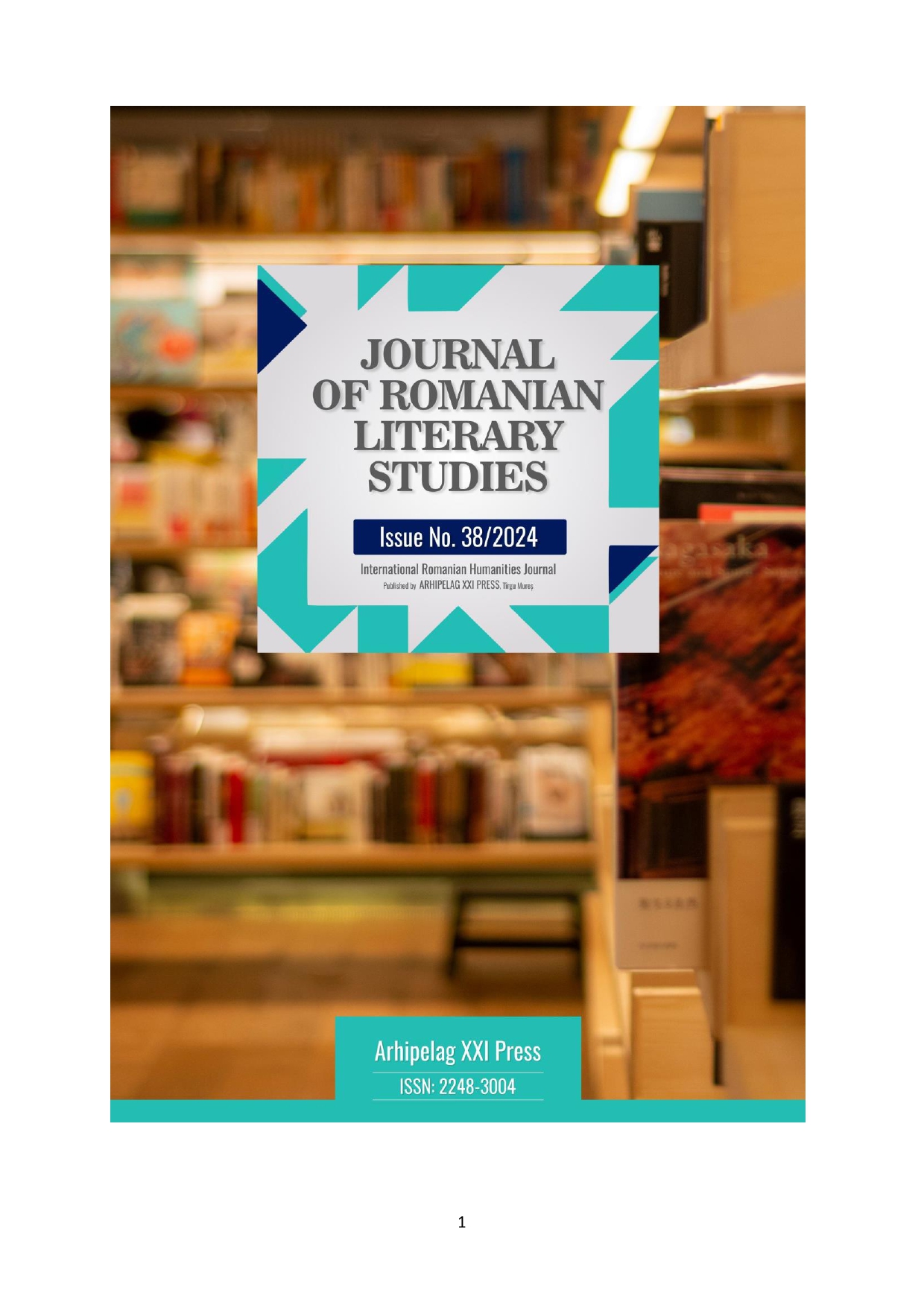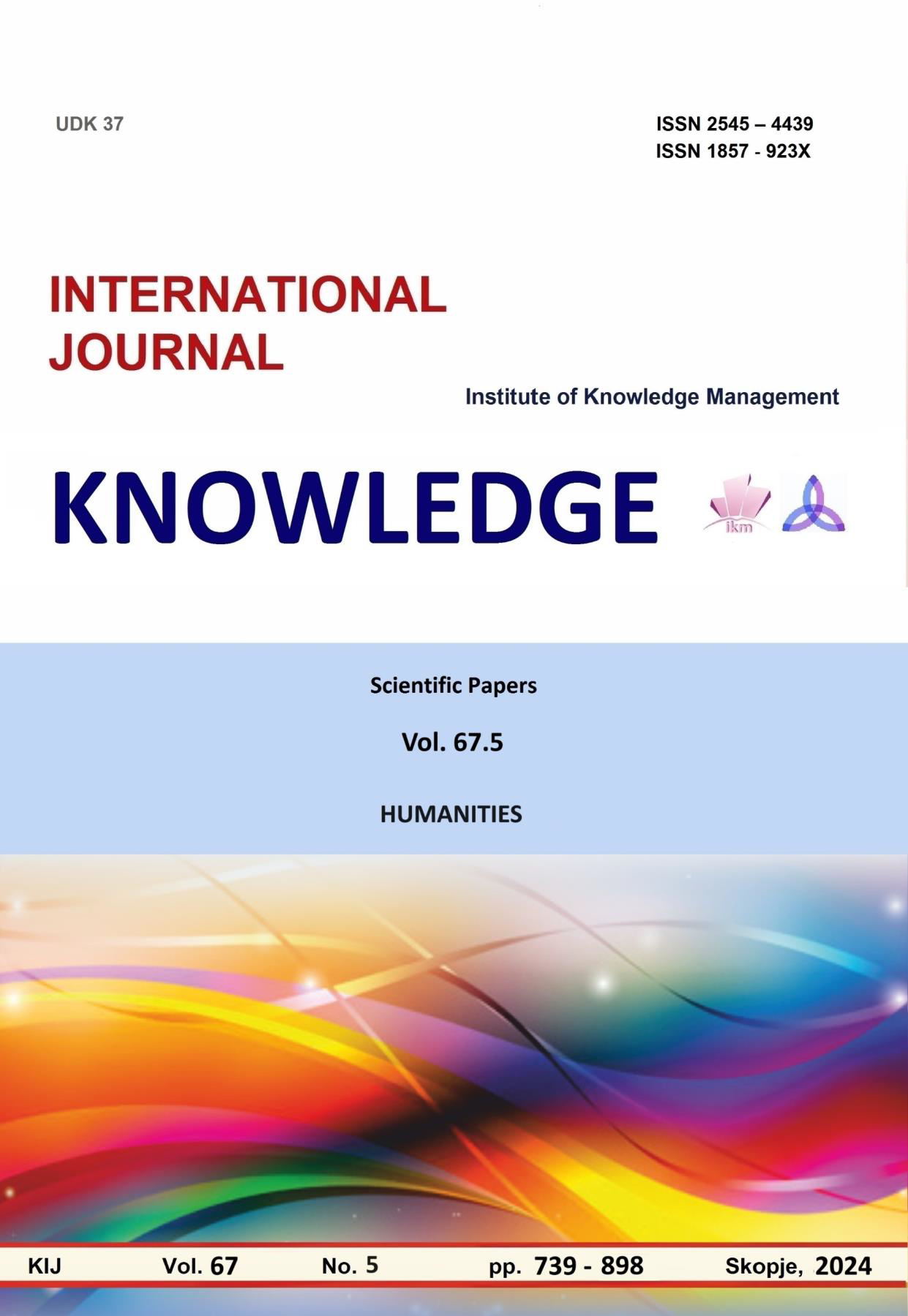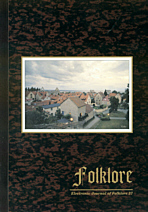
Expanding Worlds: Into the Ethnography of Narrating
Expanding Worlds: Into the Ethnography of Narrating
Keywords: narratology; life history narrative; narrative analysis; taleworlds; storyrealms
I understand ethnography to mean a description of empirical materialthat is so meticulous that it constitutes part of the scientific analysis. An ethnography of narrating thus would include thorough descriptions of both the act of narrating itself with all its cultural, social, communicative, and emotional aspects, as well as of the narratives, their form, contents, meaning, function, and aesthetics. Katharine Young’s idea of describing a narrative situation as consisting of a number (three, four, or many) of worlds or realms (Young 1987) has proven to be extremely useful and productive. Its analytical strength lies in its ability to provide links between text-centred and performance-centred analyses, especially concerning the roles taken by participants during different phases of the narrative event. When applying Young’s model to a short excerpt of a taperecorded life history, its potency of reproduction becomes obvious. First, the speaker appears to set up not one, but a number of parallel taleworlds, occupying different positions in time and/or space. Complicated liaisons are established between temporal and spatial elements of these taleworlds. Second, inside Young’s ‘Realm of the Ordinary’ (or, possibly, parallel to Young’s ‘realm of thought’, ‘realm of interaction’ or ‘social world’) there seems to be need for a ‘Realm of Experience’, where all the not-yet-verbalized actions take place. Furthermore,some taleworlds seem to belong to realms of dreams and imagination,while others are situated in the future; still others (letters, diaries) typically are not performed inside live narrating sessions, but appear in frozen form. At different macrolevels we find the taleworlds of the grand narratives.
More...
